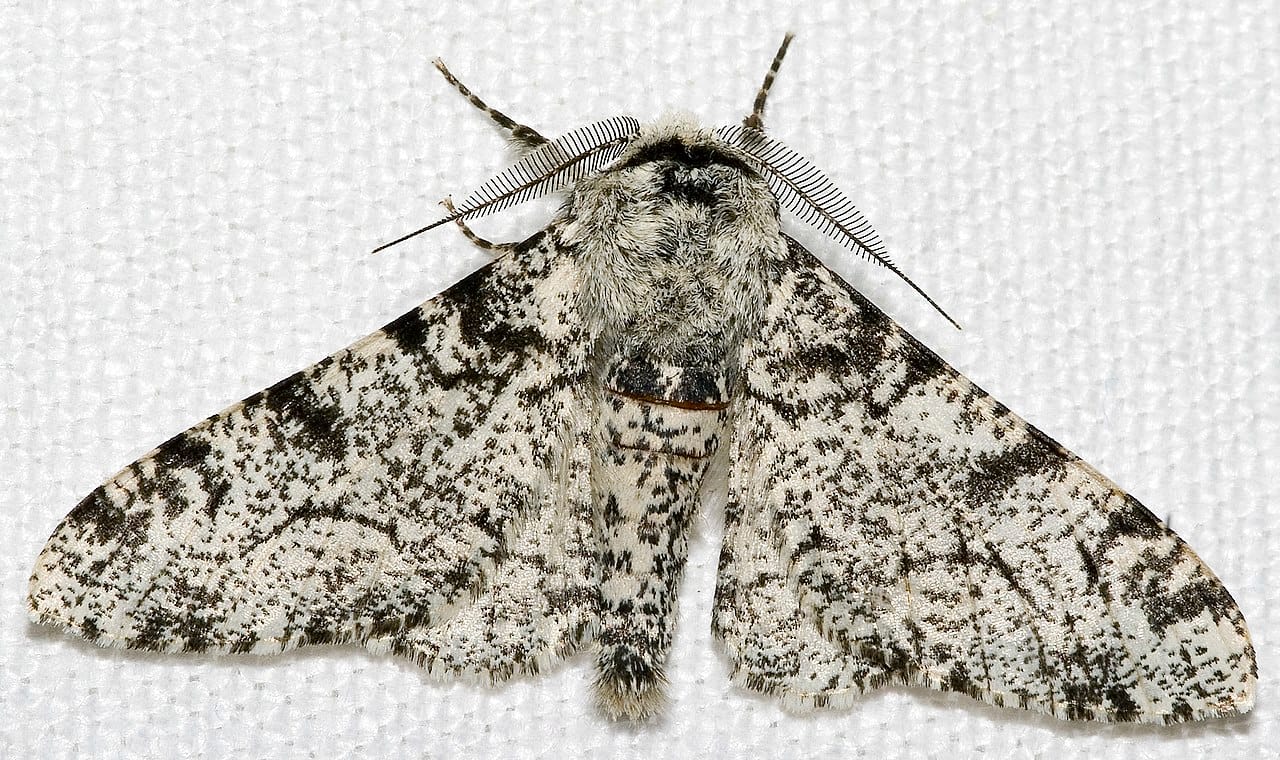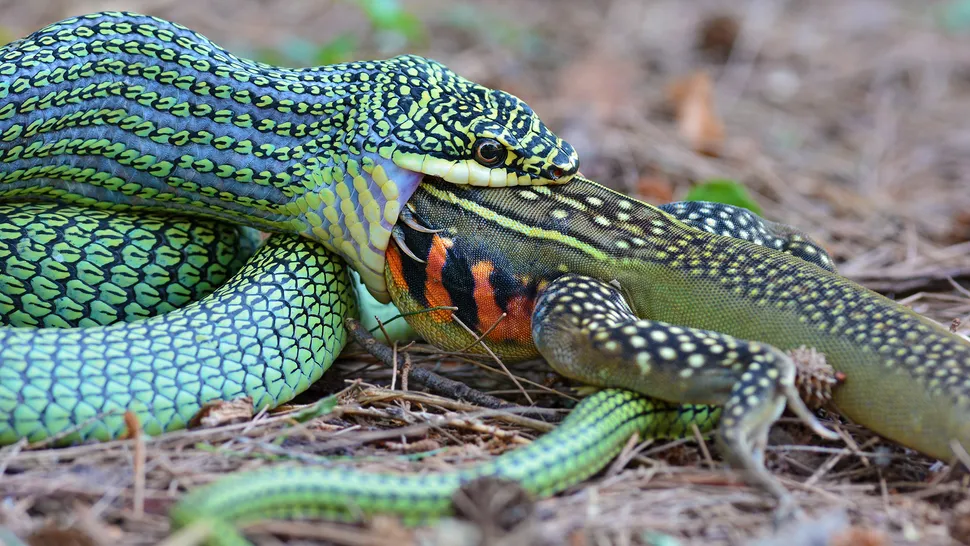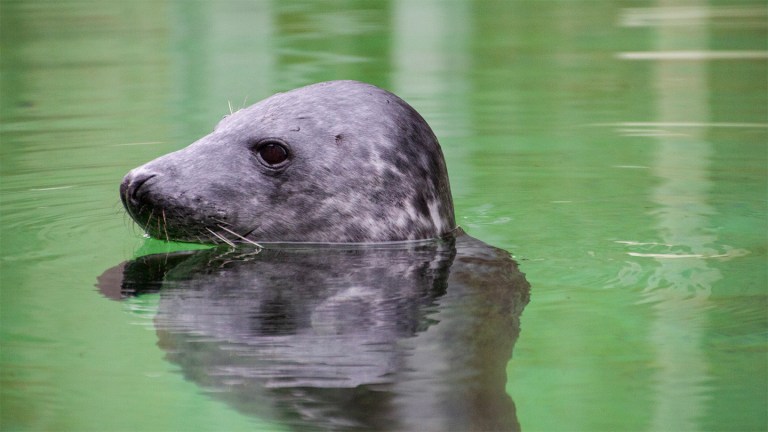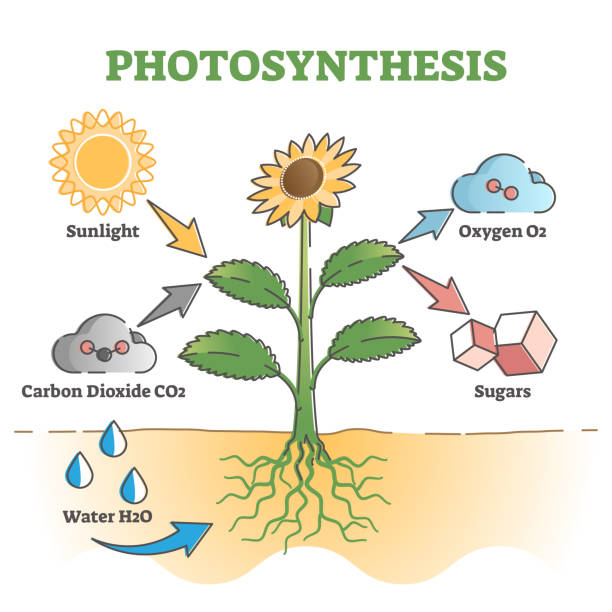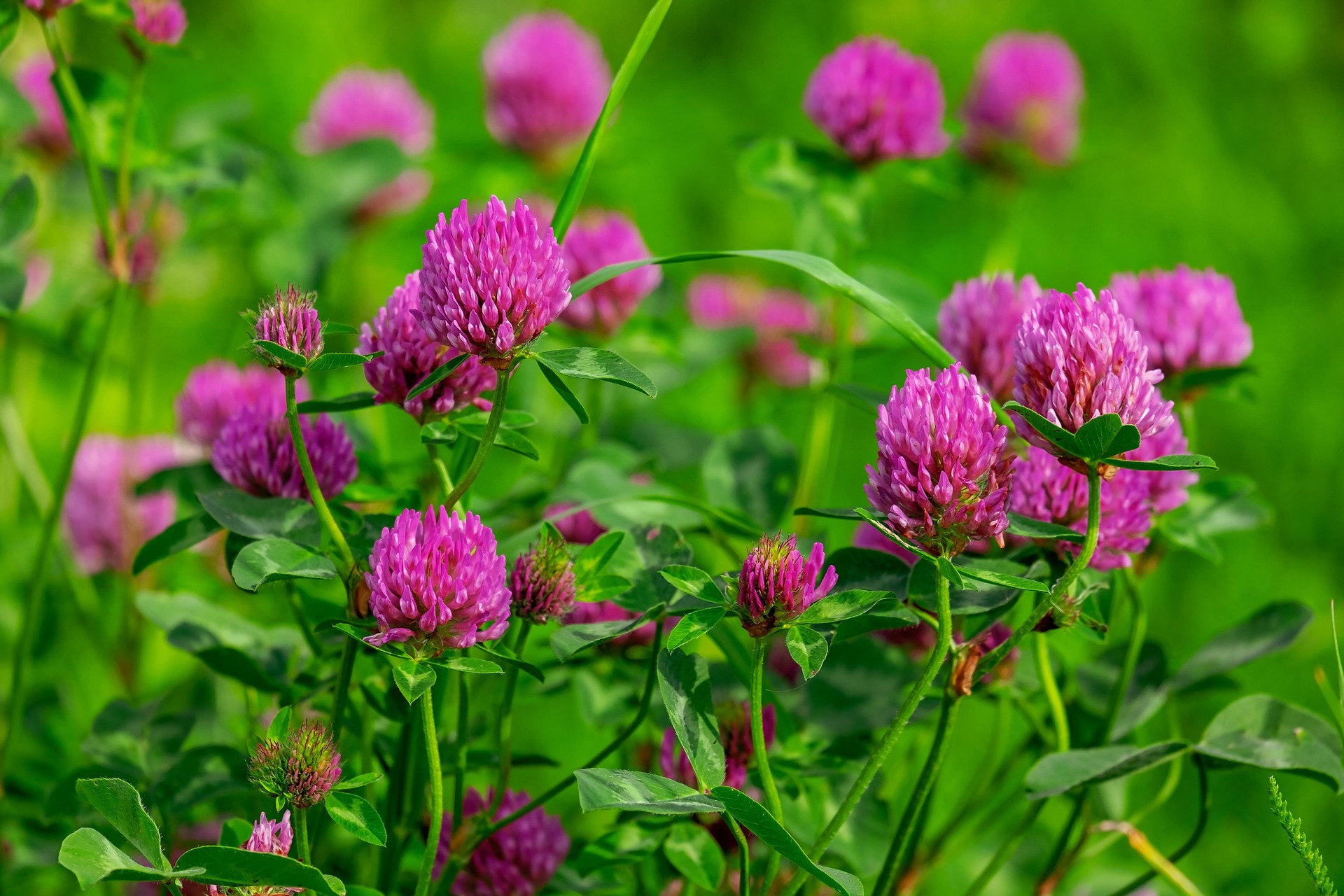In the still, misty woodlands of England, a delicate moth flutters silently through the air. It is not a spectacular creature, not fierce or famous. It does not roar like a lion or dazzle like a butterfly. The peppered moth—Biston betularia—is a humble insect, gray-white with speckled black patterns, barely noticeable against the bark of trees. For centuries, it lived in obscurity, camouflaged and unremarkable, part of the quiet symphony of life in the northern forests.
And yet, this moth, so ordinary in appearance, tells one of the most extraordinary stories in the history of science. It is a tale of transformation, of environmental upheaval and survival, of color and camouflage, predators and prey. Most importantly, it is a living parable of evolution—proof not etched in ancient fossils but written in the living, breathing world of the present. The story of the peppered moth is not just a chapter in textbooks—it is a vivid, undeniable demonstration of natural selection in action.
This unassuming moth, clinging to the bark of a tree, can teach us more about the nature of life and the power of change than perhaps any other creature on Earth.
The Idea That Changed Everything
To understand why the peppered moth matters, we must first understand the concept it illustrates—evolution by natural selection. This idea, first fully formulated by Charles Darwin in 1859, proposed something radical: that all species, from microbes to mammals, have changed over time through a process of variation, survival, and reproduction.
Darwin observed that in nature, organisms produce more offspring than can survive. Each individual is slightly different—some are faster, stronger, more camouflaged, more resistant to disease. Those individuals with traits better suited to their environment are more likely to survive and pass on those traits to the next generation. Over long periods, these small advantages accumulate, leading to the gradual transformation of species.
It was a beautiful theory, elegant in its logic and supported by a vast array of observations—from the beaks of finches in the Galápagos to the fossils embedded in the cliffs of England. But Darwin lacked direct, modern examples. Evolution seemed too slow, too gradual to observe in a single lifetime.
That’s where the peppered moth came in.
Before the Smoke: A Landscape of Light and Lichen
Before the Industrial Revolution, the forests of Britain were a mosaic of birch and oak, ash and beech. The trees were alive not just with leaves, but with symbiotic organisms called lichens—delicate, pale green growths that covered the bark like nature’s own wallpaper. Against this backdrop, the peppered moth was nearly invisible.
The typical peppered moth had a light, speckled pattern. This coloration was no accident. Birds, the moth’s primary predators, hunted by sight. Moths that blended into their surroundings were less likely to be eaten and more likely to pass on their genes. Over time, natural selection had shaped the peppered moth into a master of camouflage.
Occasionally, a genetic mutation would occur, producing a dark-colored moth—almost black. These melanistic variants were rare, and for good reason. Against the pale, lichen-covered trees, they stood out like soot on snow. Birds easily spotted them, and they rarely survived long enough to reproduce.
But nature is not a static painting. It is a dance of endless change. And in the early 19th century, the world began to shift.
The Great Smog: Industry and Transformation
The Industrial Revolution swept through Britain like wildfire. Coal was the fuel of the new age—burned in factories, homes, and power plants. Its smoke blackened the skies and blanketed cities in soot. The trees, once clothed in lichens, grew dark with grime. Air pollution killed the lichens outright, and their disappearance changed the color of the natural landscape.
Suddenly, the advantage flipped.
Now, the light-colored moths, once perfectly hidden, stood out on the soot-blackened trees. They became easy prey. But the dark moths—those rare, melanistic individuals—were no longer liabilities. They were perfectly camouflaged against the pollution-stained bark.
Within just a few decades, something astonishing happened. The black variant of the peppered moth became common. In industrial regions like Manchester and Birmingham, more than 90% of the moth population was now dark. Natural selection had spoken—and the moth had listened.
It was evolution in real time, witnessed over the course of mere generations. A change in the environment had reshaped the very appearance of a species.
The Scientist Who Counted Moths
Though the shift in moth coloration was known anecdotally for years, it wasn’t until the mid-20th century that the phenomenon was rigorously studied. The man who took up the challenge was Bernard Kettlewell, a British physician and entomologist. In the 1950s, he embarked on a series of experiments that would make the peppered moth famous around the world.
Kettlewell’s approach was elegant and empirical. He bred both dark and light forms of the moth and released them into both polluted and unpolluted forests. By carefully recapturing them over time, he could track which forms survived better in which environments.
The results were clear and dramatic. In polluted woodlands, the dark moths were far more likely to survive. In clean forests, the light-colored moths had the advantage. Kettlewell even filmed birds eating the more visible moths, documenting natural selection in action.
The peppered moth had become a living demonstration of Darwin’s theory. No longer was evolution merely an abstract idea or a distant force. Here it was, fluttering in the English countryside, changing shape before the eyes of science.
From Acceptance to Controversy—and Back Again
For decades, the peppered moth stood as one of the most powerful examples of natural selection. It appeared in biology textbooks, museum exhibits, and classrooms across the globe. But in the 1990s, the story came under fire.
Critics argued that Kettlewell’s experiments were flawed. They questioned whether moths actually rested on tree trunks in nature, as he had assumed. Some claimed the whole thing was staged, even fabricated. Creationists and opponents of evolutionary theory seized on the controversy, using it to cast doubt on the validity of evolution itself.
The scientific community responded with caution—and renewed investigation. Biologists returned to the forests, observing moth behavior and repeating the experiments with more sophisticated techniques. One researcher, Michael Majerus, conducted an exhaustive seven-year study, meticulously documenting moth resting spots, predation rates, and survival.
His conclusion was unequivocal: the original findings were correct. Peppered moths do rest on tree trunks and branches. Birds do prey on them. And their survival does depend on their color and the cleanliness of their environment. Natural selection is not a myth. It is a measurable, observable process.
The controversy, in the end, did not disprove evolution. It strengthened it—by forcing the evidence to be re-examined, re-validated, and reaffirmed.
A Reversal of Fortune: Clean Air and Pale Wings
The story did not end with soot and smoke. As the 20th century progressed, Britain began to reckon with the environmental cost of its industrial legacy. The Clean Air Acts of the 1950s and 1960s dramatically reduced pollution. Factories were regulated. Coal fires were phased out. And the trees, once suffocating beneath layers of soot, began to breathe again.
Lichens returned. Bark lightened. The forests began to resemble their pre-industrial state.
And the moths changed once more.
As pollution levels fell, so did the numbers of dark-colored moths. Their advantage vanished. The pale, peppered form regained its camouflage and reasserted its dominance. In the same regions where melanistic moths had once ruled, they now became rare again.
This remarkable reversal provided a second demonstration of natural selection—this time, in reverse. It confirmed what Darwin had proposed and what Kettlewell had shown. It reminded us that evolution is not a one-way street, but a dynamic dance between life and environment.
Why This Moth Matters More Than Ever
In an age of climate change, habitat destruction, and biodiversity loss, the lesson of the peppered moth feels more urgent than ever. It is a lesson not just about moths, but about resilience, adaptation, and the fragility of ecological balance.
The peppered moth teaches us that evolution is not a relic of the past. It is happening now, all around us. In the beaks of finches adjusting to new food sources. In the bacteria evolving resistance to antibiotics. In the insects and animals and plants responding—often desperately—to a world being reshaped by human hands.
It also teaches us something deeper: that nature listens. Every act we perform—every forest we cut, every chemical we release, every degree we add to the global thermostat—sends a message to the living world. And life answers. Sometimes in beautiful adaptations. Sometimes in extinction.
We are not separate from evolution. We are part of it. And we are, increasingly, one of its most powerful forces.
Evolution, Seen Through Wings
There is something poetic about the wings of a moth bearing witness to the invisible hand of evolution. These wings are not symbols—they are sentences in the language of nature, telling us what has happened, and what might happen next.
The peppered moth shows that tiny changes can lead to enormous consequences. That genes and environments are locked in a constant conversation. That survival is not about being the strongest or smartest, but about fitting the world as it is.
For centuries, humans believed themselves to be above the laws of nature. We imagined we were designed, static, special. But the peppered moth reminds us that we, too, are products of change. Our ancestors, our DNA, our very forms were shaped by pressures as relentless and impartial as the beak of a bird seeking a speckled moth on bark.
Evolution is not a ladder. It is a tree with countless branches, each leading to different destinies. And in that tree, the peppered moth is a leaf fluttering in the wind—small, quiet, but meaningful beyond measure.
Conclusion: The Humble Proof of a Grand Idea
In the end, it is fitting that such a modest creature carries such a profound message. The peppered moth is not flashy. It has no roar, no sting, no teeth. But it holds within it the essence of what Darwin discovered, and what generations of scientists have worked to understand.
It teaches us that the world changes, and life changes with it. That every creature is both shaped by its past and sculpted by its present. That evolution is not just theory—it is truth, tested by time, written in wings.
And if we are wise, we will listen.
